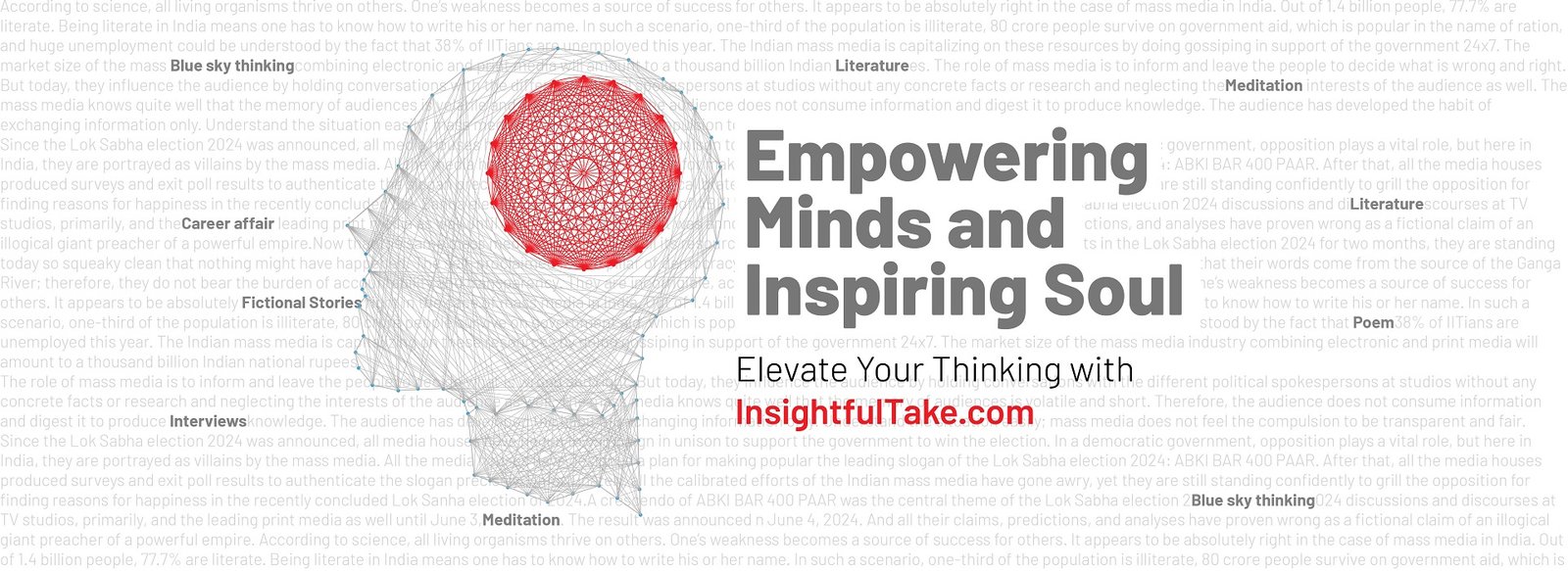When the 2025 Delhi Assembly election results rolled in, the Bharatiya Janata Party (BJP) celebrated its long-sought victory in the capital, ending the Aam Aadmi Party’s (AAP) decade-long dominance. But amid the cheers from BJP supporters, another faction appeared even more jubilant—the mass media. The fall of AAP was not just a political shift; it was a vindication of years of hostility, scrutiny, and battle for narrative control between Arvind Kejriwal’s party and the country’s news networks.
The Tumultuous Relationship Between AAP and the Media
Since its inception, AAP has had a contentious relationship with India’s mainstream media. While Kejriwal’s anti-corruption movement was initially fueled by mass coverage in 2011-12, his government later turned against the very institutions that once amplified its cause. The party accused major television networks of bias, corporate influence, and pro-BJP leanings, often labeling them as “Godi Media” (a term implying media servitude to the ruling party).
Unlike traditional political parties that engage with the media despite ideological differences, AAP took an adversarial stance. Kejriwal and his colleagues boycotted television debates, avoided press conferences, and directly attacked journalists who criticized them. While this approach earned AAP a dedicated digital base, it alienated mainstream media outlets, which, in turn, treated the party with increased skepticism.
Media’s Role in Undermining AAP
Over the years, AAP’s governance—particularly in health and education—received international praise, but domestic media largely focused on controversies. The party’s handling of the 2020 Delhi riots, its alleged connections with Khalistani sympathizers, and its political fund allocations were subjects of relentless media scrutiny. Unlike the BJP, which enjoys a largely cooperative media ecosystem, AAP found itself constantly battling negative press.
Even in the run-up to the 2025 elections, prominent media houses ran aggressive campaigns against AAP, questioning its policies, leadership, and internal turmoil. News anchors dissected corruption allegations against AAP leaders with prime-time intensity, while BJP leaders were given significantly softer interviews. According to a study by the Center for Political Media Studies, AAP received nearly 70% negative coverage from major TV channels between January and March 2025, compared to 40% for the BJP.
AAP’s Failure to Manage Media Perception
AAP’s downfall was not solely due to media hostility—it was also a consequence of its failure to counter negative narratives effectively. Unlike the BJP, which operates an extensive media outreach program, AAP relied heavily on social media campaigns and direct voter interaction. This strategy worked in past elections but proved insufficient when facing an all-out media blitz.
Even Kejriwal’s responses to allegations often lacked the finesse required in a high-stakes election. Instead of strategic crisis management, AAP leaders resorted to combative rhetoric, further alienating journalists. As political analyst Prashant Jha notes, “AAP misunderstood media’s role. Unlike social media, where you can control your narrative, traditional media requires strategic engagement. By isolating themselves, they gave their rivals a free hand to define the discourse.”
The BJP’s Measured Celebration
Despite securing a historic victory, the BJP’s celebrations appeared somewhat restrained. The party, which has long struggled to break AAP’s hold over Delhi, finally clinched power, but its leaders were aware that much of the heavy lifting was done by external forces—media, investigative agencies, and internal dissent within AAP.
A senior BJP strategist, speaking on condition of anonymity, remarked, “Of course, we wanted to win, but AAP self-destructed in many ways. The media was relentless in exposing them, and we didn’t have to do much to add to their woes.”
This cautious approach by the BJP signals a recognition that AAP’s voter base—particularly the urban poor and lower middle class—remains intact. A tactical shift in the party’s strategy will be required to retain Delhi in future elections.
Why the Media is the Biggest Winner
For India’s mass media, AAP’s defeat is a symbolic victory. The party’s unwillingness to engage with television networks and its persistent attacks on media credibility made it an adversary rather than a stakeholder. With AAP’s influence diminished, news networks have regained a sense of control over the political discourse in Delhi.
This also reinforces the media’s role in shaping electoral outcomes. While digital platforms and alternative news sources are rising, traditional television news remains a powerful force. By orchestrating relentless scrutiny, selective reportage, and amplifying AAP’s missteps, mainstream media demonstrated its ability to influence voter sentiment.
Political commentator Rajdeep Sardesai observes, “AAP’s defeat is not just about BJP’s win; it’s about the media reasserting its influence. Kejriwal’s defiance towards mainstream channels cost him heavily. The message is clear—alienate the media at your peril.”
The Road Ahead
As Delhi transitions to a BJP-led government, the media will likely pivot its focus towards the new administration. The extent to which it holds the BJP accountable will be the real test of journalistic integrity. For now, however, AAP’s loss has restored a sense of balance—at least from the media’s perspective.
Kejriwal’s party may attempt a comeback in future elections, but one lesson is evident: battling the media is a fight few can afford to lose. As 2025’s verdict shows, politics is not just about governance and strategy—it is also about narrative control. And in this battle, the media has emerged as the biggest winner.

